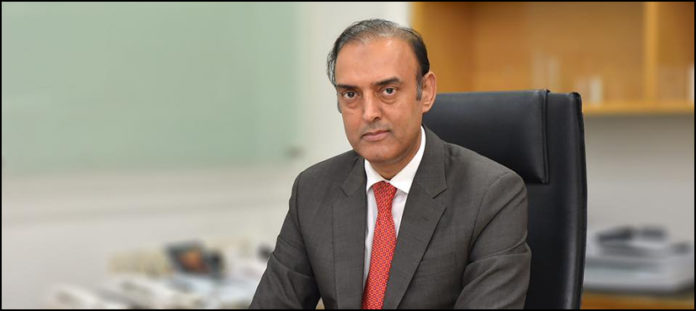KARACHI: Pakistan is setting its sights on securing up to $4 billion from Middle Eastern commercial banks by the fiscal year 2026 (FY26) as part of its strategy to bridge external financing gaps, according to State Bank of Pakistan (SBP) Governor Jameel Ahmad.
Governor Ahmad revealed that Pakistan is also in the “advanced stages” of securing an additional $2 billion in external financing. This funding is crucial for the approval of the $7 billion International Monetary Fund (IMF) bailout program.
In July, Pakistan and the IMF reached a staff-level agreement on the loan program, contingent upon approval from the IMF’s executive board and “timely confirmation of necessary financing assurances” from Pakistan’s development and bilateral partners.
Governor Ahmad expressed confidence that Pakistan’s gross financing needs will be met smoothly over the next fiscal year and in the medium term. Historically, Pakistan has relied on longstanding allies like China, Saudi Arabia, and the United Arab Emirates to rollover debt, avoiding a repayment crisis. Ahmad anticipates similar support over the next three years, allowing the government additional time to stabilize its finances.
Ahmad also noted that the SBP expects Pakistan’s gross financing needs in the coming years to be lower than the 5.5% of gross domestic product (GDP) projected by the IMF in its May country report.
“Pakistan’s external gross financing needs have been on a downward trend in recent years,” he stated. “Given that the IMF’s assessment was based on a higher current account deficit than what materialized in fiscal 2024 and what is now projected for the next few years, we estimate the gross financing needs to GDP ratio to be lower than 5.5%.”
Discussing monetary policy, Governor Ahmad highlighted the positive impact of recent interest rate cuts, noting that inflation is slowing, and the current account remains stable despite the rate reductions. Pakistan’s annual consumer price index inflation dropped to 11.1% in July, down from over 30% in 2023.
“The Monetary Policy Committee will review all these developments,” Ahmad said, adding that future interest rate decisions will depend on evolving economic conditions.
Pakistan’s central bank has reduced interest rates in two consecutive meetings, bringing them down from a historic high of 22% to 19.5%. The next monetary policy review is scheduled for September 12.
While there are market concerns that the government might use the lower interest rates to increase borrowing, Ahmad dismissed this notion, expressing confidence that the government will continue its fiscal consolidation efforts despite the rate cuts.
Governor Ahmad, who began his five-year term at the helm of Pakistan’s central bank in August 2022, reflected on the challenges of his first year in office. In 2023, Pakistan faced a severe balance of payments crisis, with central bank reserves barely sufficient to cover a month of imports.
After eight months of rigorous negotiations on fiscal discipline, the IMF extended a nine-month $3 billion bailout program to Pakistan, providing a much-needed lifeline.
“Last year was a significant improvement,” Ahmad said. “Now, from an external account management perspective, everything is under control.”
Looking ahead, Ahmad stated that the central bank will now focus on promoting growth, digitalization, and financial inclusion, emphasizing that these goals are vital for job creation and addressing socioeconomic challenges. However, he reiterated that the bank’s primary mandate is to ensure price and financial stability before shifting its focus to growth.























